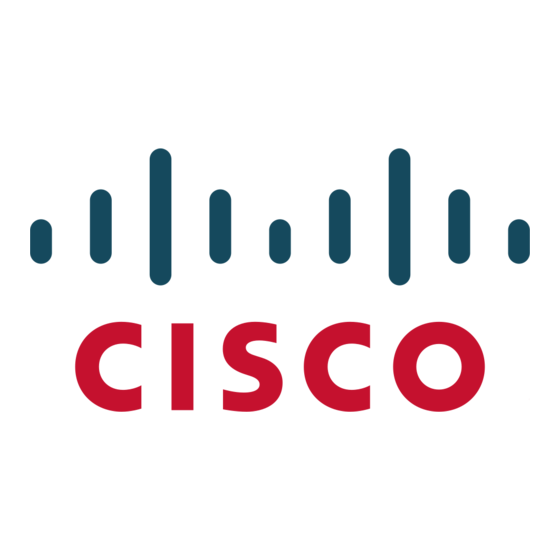Cisco 6500 - Catalyst Series 10 Gigabit EN Interface Module Expansion Руководство по решению - Страница 13
Просмотреть онлайн или скачать pdf Руководство по решению для Переключатель Cisco 6500 - Catalyst Series 10 Gigabit EN Interface Module Expansion. Cisco 6500 - Catalyst Series 10 Gigabit EN Interface Module Expansion 17 страниц. Distributed forwarding card 4 for ws-x68xx, ws-x69xx, and select ws-x67xx modules
Также для Cisco 6500 - Catalyst Series 10 Gigabit EN Interface Module Expansion: Примечание по установке (14 страниц), Примечание по установке (46 страниц), Белая книга (19 страниц), Описание (1 страниц), Бюллетень продукции (6 страниц), Уведомление (4 страниц), Информационный лист (9 страниц), Информационный лист (18 страниц), Белая книга (18 страниц), Руководство по конфигурации (8 страниц), Примечание по установке (28 страниц), Руководство по устранению неполадок (11 страниц), Примечание по установке (18 страниц), Руководство пользователя (17 страниц), Примечание по установке (24 страниц), Руководство (19 страниц), Примечание по установке (36 страниц)

